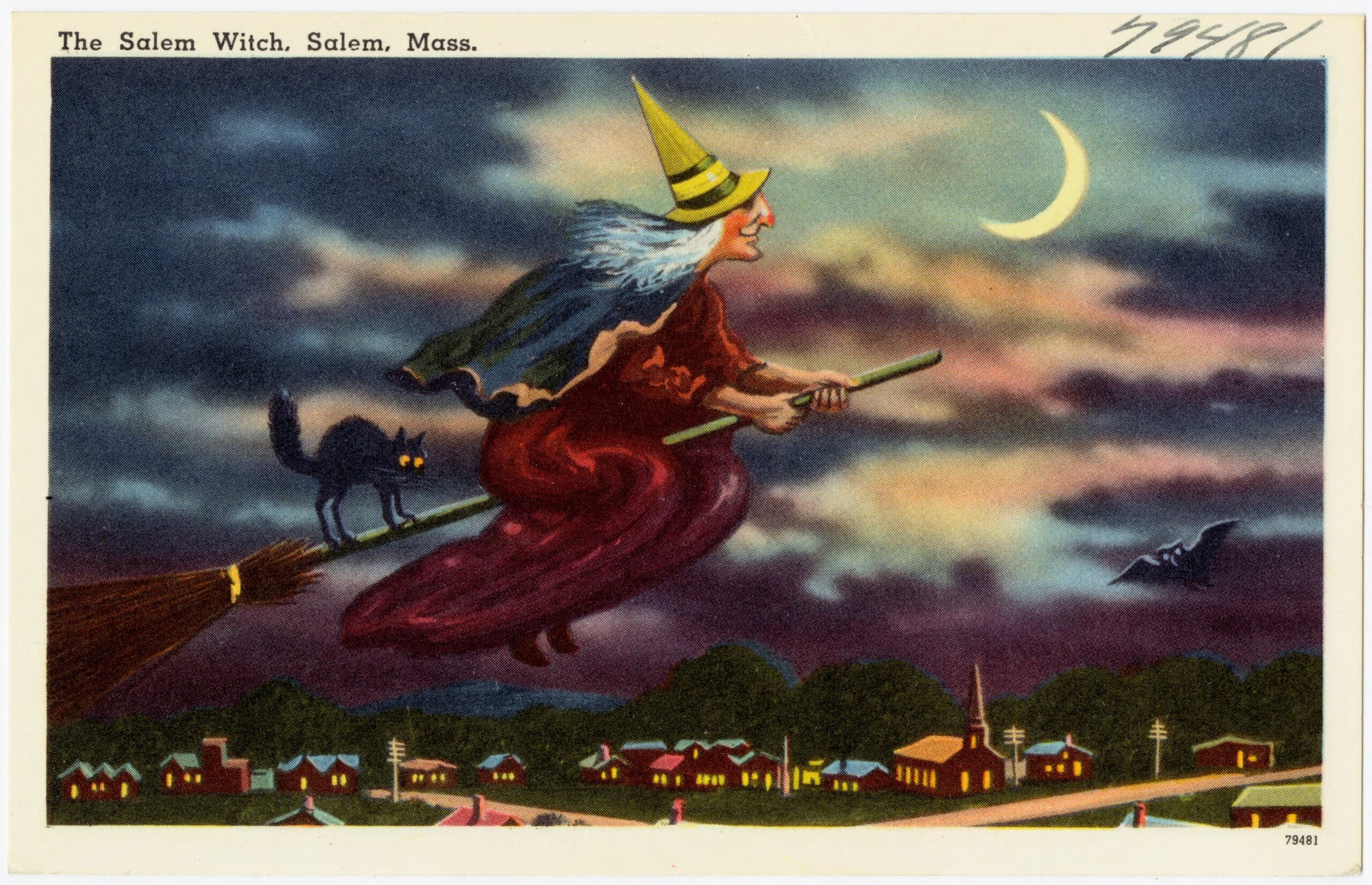Settler colonialism, Patrick Wolfe contends, names not a discrete event but a persistent structure. Thus, it stands to reason that some of the epistemological resources used by the separatists whose settlement at Plymouth set a template for greater New England might endure beyond temporal boundaries. William Bradford’s canonical Of Plymouth Plantation sought to determine how their conscientious settlement would be remembered—mournful, yet not miserable; meek, but mightily resourceful. However, two complementary texts, the anonymously published Mourt’s Relation and Edward Winslow’s sequel, Goode Newes from New England, nuance Bradford’s representation of triumphant passivity. Both texts have been published in print in recent decades, discretely. Yet their brevity and closeness of composition recommends them for paired reading. Together, they reveal the conditions for a disposition whose seeming self evidence comprises its political strength. These texts show how Anglo-Americans learned to love their walls and fences.
In November 1620, just over 100 English men and women, many separatists from an oppressively liberal Stuart regime, concluded their flight from Europe in disappointing fashion. Hoping to land at Virginia, they found themselves instead on a less hospitable northern coast. Mourt’s Relation, or, a Journal of the Proceedings at Plymouth, diurnalistically documents these settlers’ newly realized struggles. These struggles included: difficulty approaching land and debarking the ship; cold; illness; hunger; lack of proper resources to secure or produce food; and an unrelenting visibility to new neighbors whose vigilant and often unseen presence frustrated their sense of integrity and peace. Though they had covenanted, in the Relation’s fourth paragraph, eventually to make agreeable laws, every time they tried, these neighbors inexplicably appeared. Only after treating with them about proper neighborly comportment and recognition of boundaries would the English finally legislate. These English had been deliberate about their own domestic boundaries. Immediately off the boat, they addressed their vulnerability. To secure safety and warmth, the Pilgrim fathers commanded the construction of the fewest houses possible, sorting single men among existing families. The Relation passes over much of the math: Each settler merited a little over 400 square feet. Each of the nineteen households averaged a little over 2,200 square feet. Knowing the specificities of this space matters because within the first six months, half of those hundred settlers died, doubling the spatial experience of vulnerability, enfolding it into the grief shared among these exposed households.
After concluding that document, Edward Winslow, one of the surveyors who likely co-authored the Relation, took up his pen again to document what happened after the English survivors treated with the Wampanoag, who were also dying at alarming rates following their exposure to disease brought by prior English surveyors. Winslow’s Goode Newes from New England progresses more comprehensively than the Relation; its narrative arc traces the effects of the vulnerability these English felt, and their work to diminish the ongoing visibility that underwrote it. One of the earliest concerns that troubles his narrative is the decision to build a palisade and a fort around those nineteen houses. Strangely, in the first two years, they had not done this. Or perhaps not so strangely, given the strategizing that the Goode Newes obliquely narrates. Fortification, the Pilgrims knew, meant redirecting the energy of the few able-bodied men from the work of planting crops. A palisade, they knew, might communicate to their neighbors that they were afraid. And a fort, they suspected, would communicate to their neighbors that they had plans to engage offensively, thereby provoking commensurate hostility from those neighbors upon whom they still depended. Goode Newes documents the psychologically taxing nature of this dilemma; its climax indicates one consequence of that stress when Winslow, with something like pride, remembers to note that the first use of their hard-won fort was to imprison a native messenger, to chain him to a pole and later to expose him to visual evidence of the English capacity for “extremity” in order to extract information about the weakness of their enemies. Thus, Winslow begins to conclude, did they frighten their neighbors so successfully that “none of them dare come amongst us.”
These texts, published in England in 1624, informed the Puritans who settled at Massachusetts in 1630 what they might expect upon arrival. Both Kelly Wisecup’s excellent introduction to the University of Massachusetts Press’s recent edition of the Good Newes (2017) and Dwight Heath’s introduction to an earlier small press reprinting of the Relation (1986) describe the European context of these texts, their generic precedents, and their rhetorical goals. The success of these texts, however, exceeds the ambitions that have thus far been noted. The nation remembers these settlers as capable of deep, melancholy feeling.
Caricatures of Puritan repressiveness do not countervail but rather affirm this capacity. If there is to be an accounting of repression—of memory that has been convincingly disavowed—one place to justly begin would be in recalling the earliest uses of these walls (a utility whose dynamism nationally endures) to assert into existence a people that are weak, meek, and mournfully passive, but yes, aggressively so, too.
This article originally appeared in issue 17.3 (Spring, 2017).
Ana Schwartz recently completed her doctorate in English at the University of Pennsylvania and is beginning her first year as an assistant professor at Montclair State University. Though attending primarily to the seventeenth century, thematically, her research queries the likelihood and the implications of the possibility that early America has not passed.



















